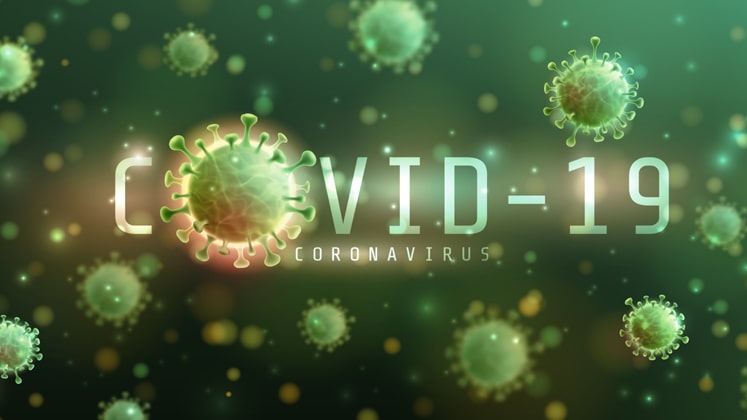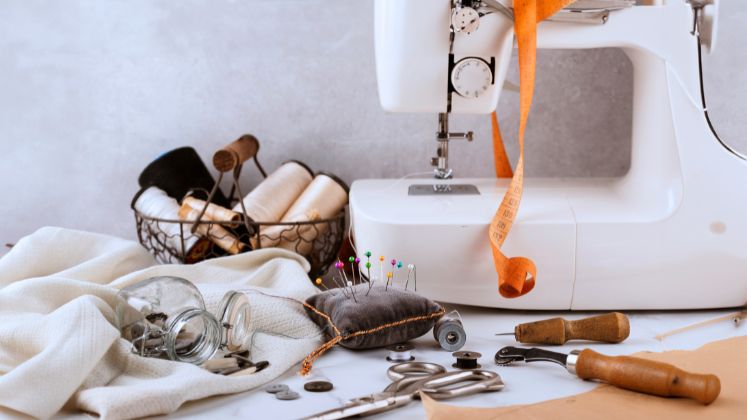The coronavirus pandemic has taken every individual and organisation by alarm. The fear is such that it is changing the norms of social behavior and forcing industries to adopt stringent policies in order avoid community transmission of this deadly virus. Since apparel manufacturing is a labour-intensive industry and the chances of community transmission of this virus are huge, it is advisable to the factories to take extra precautions to save their workers and management people from being infected. Besides, the need of implementing these precautions becomes even more significant as the Government is paving a way for industries to start operations in limited industrial clusters and the factories won’t be able to resume operations without adopting strong hygiene and distancing norms.
But, what should be those guidelines? Apparel Resources – with the support of its team, industry experts and renowned professors – has prepared a set of guidelines using which the factories can put a shield between its people and the virus.
Setup Cross Functional Response Team of four members (one each from production, manufacturing excellence, HR and administration) and security task force within organisation to implement and monitor following steps —
Entry of factory premises
1. Check temperature of each person at the entry. This includes management, workers as well as outsiders (truck/loading auto drivers carrying raw material) and any other visitors entering the premises.
Responsibility – Security Task Force Member
2. Put alcohol-based hand sanitiser at the entry with visual posters on its proper use.
Responsibility – Office Administration
3. Hand over the face masks to every person entering the factory and delegate one supervisor to demonstrate its use and disposal after use.
Responsibility – Security Task Force Member
4. Use Potassium Permanganate solution at the entry and make every person to disinfect sole of their shoes.
Responsibility – Security Task Force Member
5. Passage of every person through disinfectant tunnels will reduce the risk of virus spread.
Responsibility – Security Task Force Member with support of the management
Guidelines for cutting room, design office, production floor and post production area
1. Disinfect every workstation and equipment before shift starts. Assign the job to the floor persons on rotational basis.
Responsibility –Production Supervisor
2. Paste precautionary messages with visual images on every workstation in local language.
Responsibility – Manufacturing Excellence Team
3. Spread awareness about COVID-19 through audio every hour and explain the significance of social distancing.
Responsibility – Manufacturing Excellence Team
4. Divide lunch timings in multiple batches at multiple timings and ask workers to go for lunch only in the assigned time-slot. The batch should be made department-wise or production line-wise so as not to disturb production.
Responsibility – Supervisor to be made to look after
5. Hand sanitisers must be put at the entry of lunch area and workers must be told to use it during entry and exit of lunch area.
Responsibility –Office Administration
Monitoring – Office Mess Team
6. Two persons at a time in washroom should be the rule. The washrooms should be sanitised five times a day.
Responsibility – House Keeping Team
7. Seating of operators on sewing machines can be rearranged. In a line of 20 machines, 1-3-5-7-so on (odd number) machines will be operational, while 2-4-6-8-so on will remain idle. Replicate the same throughout the sewing lines.
Responsibility – Industrial Engineer and Production Head
8. Cover mouth and nose with bent elbow or tissue when you cough or sneeze. Then dispose of the used tissue immediately.
Responsibility – Respective In charge of the departments
9. Use of tissue paper can be replaced by waste cotton fabric end-bits as sustainable alternatives. This will save cost of tissue papers as well.
Responsibility – Production Head
10. Create back up capability to prepare mask based on infrastructural capacity for factory people as well for community services.
Responsibility – Production Head
Guidelines for fabric storage, circular knitting area and washing department
1. Install effective dehumidifiers in fabric storage, circular knitting room and washing department. All these areas are humid in nature, so the air can hold droplets for longer period of time if someone sneezes here without face mask.
Responsibility– Office Administration
2. Face masks and disposable hand gloves (made up of latex or nitrile rubber) should be used by every operator in these areas.
Responsibility – Respective in-charge of the departments
3. Cross use of equipment and machines should be avoided even if all the equipment and machines have been sanitised.
Responsibility – Respective in-charge of the departments
4. The finishing section should be isolated from other sections and all workers made to use sanitised equipment overall as well as gloves to avoid any accidental infection.
Responsibility – Top Management
5. Opt for additional hot air tumble drying of garments for disinfecting after consulting with buyer.
Responsibility – Top Management
Instruct factory’s medical team to frequently check entire premises
1. Fever, cough and difficulty breathing must not be neglected. Immediate medical attention needs to be given through medical center within factory.
Responsibility – Respective In-charge of the departments
Monitoring – Medical Team
2. Arrange doctor/nurse visits to factory areas for random temperature checks of the workforce in every two hours.
Responsibility – Medical Team
3. Encourage workers to stay home if they feel unwell despite medical checkups and take precautionary measures as suggested by doctors.
Responsibility – Respective In charge of the departments
Monitoring – Medical Team
4. The medical center of the factory may create hot air/steam inhalation where workers can treat themselves with hot air/steam inhalation on voluntary basis.
Responsibility – Medical Team
General Instructions
1. Encourage mid-management people to keep a close watch on workers’ activities.
2. Tell workers to use public transport according to set guidelines and use face masks and gloves while commuting publically.
3. Punch-based biometric machine must be converted into face recognition machines or into card based machines.
4. Set up hot water dispenser and encourage workers to drink hot water.
Strictly Avoid:
1. Social gatherings within factory premises at all management levels including trainings
2. Playing with stray animals or let them lick any part of their bodies especially when workers go for lunch in factories
3. Touching ground unnecessarily
4. Consumption of tobacco products, cigarette, beedi and similar items
5. Spitting
6. Handling machines such as cutters/spreaders, laundry machines with bare hands and without putting mask on face
7. Reusing a single-use mask. If your mask gets wet or becomes damp, replace it immediately
8. Touching the front of your mask while removing it. Remove it from behind, and immediately throw away the mask in a garbage bin with a lid. Wash or clean your hands immediately afterwards.







